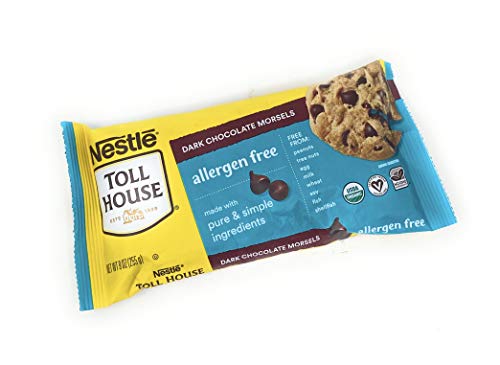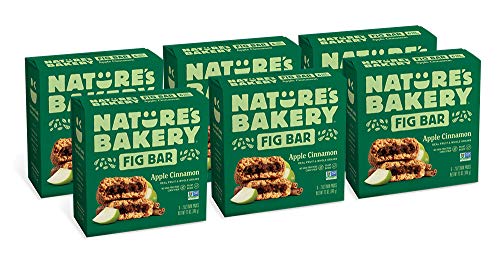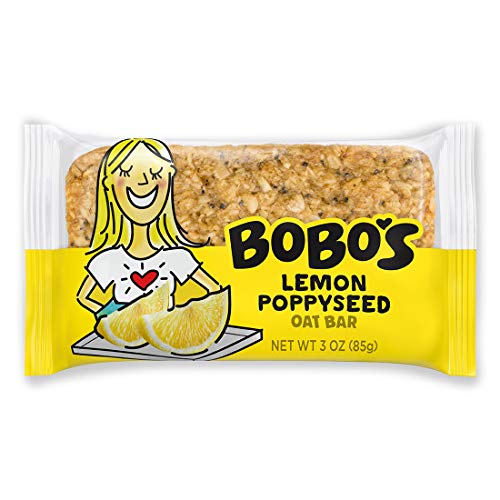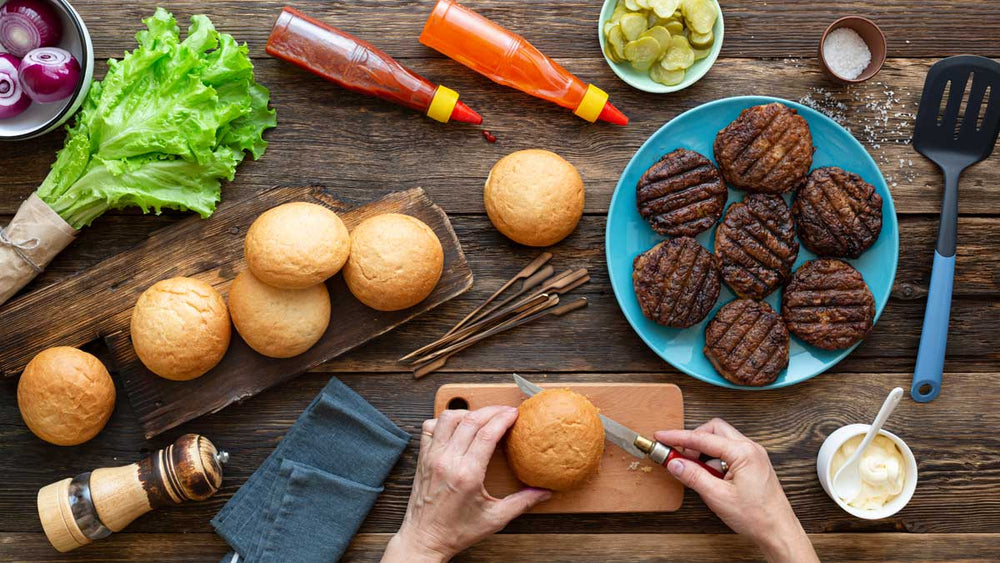Understanding Food Protein-Induced Enterocolitis Syndrome (FPIES) and Managing Food Allergies with Confidence
Imagine standing in the shower with your weak and lethargic baby girl while she poops and vomits again and again. All you can do is hug her cheek close to yours and say, “Hush, hush, hush,” …” It’s ok,” …” Mommy is here.”
My daughter had food allergies that caused profuse vomiting and diarrhea within 2-3 hours of consumption of her allergens. EpiPens® did not work. Hydration helped…when it was safe to offer fluids.
She was diagnosed with Food Protein-Induced Enterocolitis Syndrome, also known as FPIES. I’m a registered dietitian very familiar with food allergies and nutritional care, but I had never heard of FPIES. So don’t feel bad if you have never heard of it. I was baffled. It took a visit with an allergy specialist in pediatrics to diagnose her and develop a treatment plan.
Food Protein-Induced Enterocolitis Syndrome (FPIES) is a specific form of food allergy impacting the gastrointestinal (GI) tract. Typical signs of FPIES encompass significant vomiting, diarrhea, and dehydration, potentially resulting in profound fatigue, fluctuations in body temperature, and blood pressure shifts. Differing from conventional food allergies, FPIES symptoms might not manifest immediately and often remain undetectable through standard allergy tests, as indicated by The FPIES Foundation.
Thankfully, there is a greater than 90% chance that children with FPIES will “outgrow” the allergy by 5 or 6 years old. “Outgrowing” an allergy is what people say when the child’s food allergy dwindles from very severe to non-existent (or nearly non-existent) as they get older.
FPIES stands apart from histamine-related food allergies, which typically involve reactions to the nine major allergens recognized in the United States: peanuts, tree nuts, eggs, shellfish, fish, soy, wheat, sesame, and milk.
My son was diagnosed with a milk allergy at around two years old. I was an overwhelmed mom of two young children. I had an almost 1-year-old baby girl at home who couldn’t eat anything but breast milk without vomiting. And my 2-year-old had a life-threatening allergy to milk.
My initial response to our first EpiPen® was, “But I won’t need THAT, right? It’s just a precaution, right? That’s so extreme! It’s a needle!”
Common symptoms of an allergic reaction may involve the appearance of redness around the affected skin or mouth area, itching, sensations of nausea, vomiting, noticeable swelling, the development of hives, difficulty in breathing, and occasionally, loss of consciousness. You can explore further details by clicking here to learn more about these symptoms.
Later that summer, we had our first experience with the EpiPen®. Let’s just say I had a new appreciation for that weird “pen” and what it can do for my kid. I also realized that I have the power to save my kid and need to use it. People often feel scared to inject themselves or others with epinephrine when food allergy symptoms worsen, but it is a powerful tool we should all be very thankful for and not fear.
I was afraid to inject the medication the first time we had an accidental ingestion of milk, and I probably waited longer than I should have. I saw the vomiting. I saw the red and itchy eyes and mouth. I stopped the van. Jumped out. Got out the pen. Repeated the chant in my head, the nurse taught me, “Blue to the sky, orange to the thigh.” Pulled off the blue cap. Held down my son’s leg and jammed it on there.
One (one thousand), Two (one thousand), Three (one thousand). Done.
He cried. It hurt. His life was saved. It was totally worth it, and I felt so much gratitude for the resources I had to save his life.
My story is only one in thousands of parents caring for children and teens with food allergies, not to mention all the adults who carry the burden themselves.
As you can imagine, stress, anxiety, and sometimes depression can result from the intense pressure of caring for children with food allergies. Many people with food allergies struggle with the mental toll of managing their unique needs. Most of us eat at least three times per day, seven days a week, 52 weeks a year. That’s often the minimum. Many people eat 4-6 times per day or more. Food allergy sufferers have even more responsibilities: they carry epinephrine medication to every meal, read food ingredients at every meal, and ask restaurant servers or cooks about ingredients at every meal.
Some people may also carry their own snacks to friends’ homes or restaurants for fear there will be NOTHING SAFE TO EAT. Sometimes, in cases of severe food allergy, individuals must monitor the PREPARATION of their food at every meal in case someone even TOUCHES their allergen while making someone else’s food. That’s a lot of watching, monitoring, reading, and being “on guard” at every meal. It’s not surprising that events around food go from fun to high-stress.
According to Food Allergy Research and Education (FARE), over 90% of food allergy clinics within the FARE Clinical Network attend to patients and parents experiencing anxiety linked to food allergies. More than 70% of the medical centers that work with FARE reported patients struggling with severe anxiety that led to panic attacks, and another 70% also reported treating patients who experienced food allergy bullying. Another terrible outcome of food allergies among children and teens (and sometimes even adults). Bullying! Food allergy can be a powerful weakness in the cafeteria if some teenagers really want to strike fear into an unsuspecting peer.
After I injected my son with the EpiPen®, I jumped back in the driver’s seat to take him to the emergency room. (Food allergic reactions can occur a second time, even up to 8 hours later, so monitoring is essential.) I kept checking on him in the back seat. I realized he was falling asleep or passing out (Not sure which). I called 911 – still driving towards the hospital, shaking his leg repeatedly, trying to keep him awake.
The operator - “Would you like an ambulance?”
“No”, I said, “I’m almost there. I don’t want to stop.”
I could barely keep him awake. I pulled up to the children’s hospital ER valet parking. The professionals stepped right in and quickly took over for me. For 8 hours, we waited to make sure his body wouldn’t suddenly react again. Then we went home. A huge rush of adrenaline for everyone involved, and then… just drive home.
My son is older now, and he is beginning the journey of managing his meals and snacks more on his own. There are still anxious moments, but also a lot of strength, wisdom, and empowerment.
Dealing with the stress and anxiety of caring for food allergy situations doesn’t have to impede you from enjoying meals at home, in a restaurant, or with your friends. You can empower yourself with options to help you handle each scenario. In my article, 5 Tools for Your Food Allergy Toolbelt, read more about parent tools for managing food allergies.
Here are some additional options to help you and your loved ones navigate food allergies:
#1- If you love to go out to eat, write down a list of restaurants that respond well to your food allergy requests and continue to frequent them. Call ahead or check the online menu to review your options once you get there.
Don’t expect the restaurant to be happy you have a food allergy, but check for hints that they are more allergy knowledgeable: allergens listed on the website or menu, server offers to check ingredients and asks if your request is an allergy or preference, manager or server brings your food out on a separate tray,
#2- Do you have friends or family with food allergies and want to be supportive? One of the best ways is communication. Ask your friend before preparing a meal if certain foods will be safe. Will you be dining out? Ask where they would like to eat if some restaurants in your area are better at serving safe foods.
If you are using pre-packaged items in a recipe, save the food labels for them to check before sitting down to eat. Put separate serving utensils in every dish and keep allergen foods in a separate spot at the buffet or counter. If we’re serving tacos, we like to set up the buffet for everyone on the kitchen island and then put the cheese and sour cream on the opposite counter (just slightly away from the other foods).
Don’t be offended if someone asks about what is “in the food” or chooses not to eat something; they are taught to play it safe if not 100% certain the food does not contain the allergen.
#3- Do you own a restaurant and want to serve people with food allergies better? Find an allergy specialist in your area to train your staff on avoiding cross-contact with food allergens in your restaurant. You can also contact your local community college for training options for management.
Support your staff getting certified in food allergy safety with the National Restaurant Association’s online ServSafe™ allergen program. Then, properly label your foods and ingredients so staff can effectively communicate with your customers.
Practice and experiment with ingredients to serve at least one item to people free from any of the 9 Major Food Allergens. Be creative. There’s no reason just to serve salad! Restaurants need to make money to survive, and helping allergy sufferers safely is a great way to get repeat customers!
Do you have a food allergy? Here are some other resources to help you cope with the stress:
- Seek professional help from an allergist (a doctor specializing in food allergies) to better understand your specific food allergy and the symptoms and treatment options.
- Find a mental health therapist with experience with food allergies and their psychological impact. Psychology Today is a great resource to search for someone in your area.
- Read more about your allergy from the experts at FARE.
- Practice using your EpiPen® with the trainer pen in the package. Not using that brand? Ask your allergist if they have samples or expired medication you can practice in the doctor’s office. Use an orange or grapefruit to practice administering the device.
- Read tips and advice from more professionals in an allergy-focused magazine like Allergic Living or here on Foodguides.
- Talk to your primary care doctor or allergist about support groups in your area. Don’t have one? Start an “Allergy Mom” or “Allergy Granddad" discussion group yourself. Try to end discussions with a positive tip or life hack. Simply getting together to complain may not make the group feel empowered or encouraged.
- Do you have children or grandchildren in school this year with food allergies? Talk to the teacher and communicate clearly what is needed to keep the child safe.
- Get creative with your food. Check on Foodguides and your favorite social media for new recipes and ingredients to try. Last month, I shared a great dairy-free creamy salad dressing recipe that also works well warm on grilled pork loin.
Meals and snacks might still cause some stress, but empowering yourself with a plan will make it far more manageable. You might even start having fun.
- Food allergy 101 - basics of food allergies: Fare. FoodAllergy.org. (n.d.).
- Ask the allergist: Outgrowing a food allergy. Allergy & Asthma Network. (2022, November 17).
- Feng, C., & Kim, J. H. (2019). Beyond Avoidance: the Psychosocial Impact of Food Allergies. Clinical reviews in allergy & immunology, 57(1), 74–82.
- Teufel, M., Biedermann, T., Rapps, N., Hausteiner, C., Henningsen, P., Enck, P., & Zipfel, S. (2007). Psychological burden of food allergy. World journal of gastroenterology, 13(25), 3456–3465.
- Psychosocial impact of food allergies. FoodAllergy.org. (n.d.-b).
- Memauri, T. D., Golding, M. A., Gerdts, J. D., Simons, E., Abrams, E. M., Elliott, S. J., Roos, L. E., Kim, H., & Protudjer, J. L. P. (2022). The perceived impact of pediatric food allergy on mental health care needs and supports: A pilot study. Journal of Allergy and Clinical Immunology: Global, 1(2), 67-72.
- Cummings, A. J., Knibb, R. C., King, R. M., & Lucas, J. S. (2010). The psychosocial impact of food allergy and food hypersensitivity in children, adolescents and their families: a review. Allergy, 65(8), 933–945.
- How to talk to teachers about food allergies. FoodAllergy.org. (n.d.-d).




















Comments
Join The Conversation...